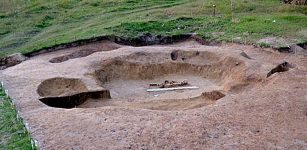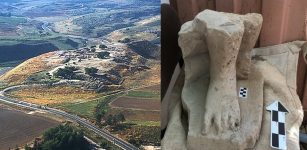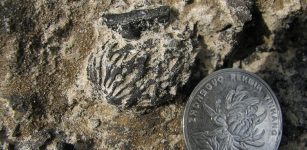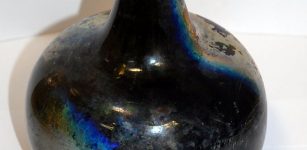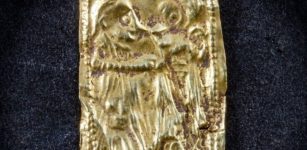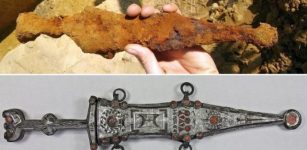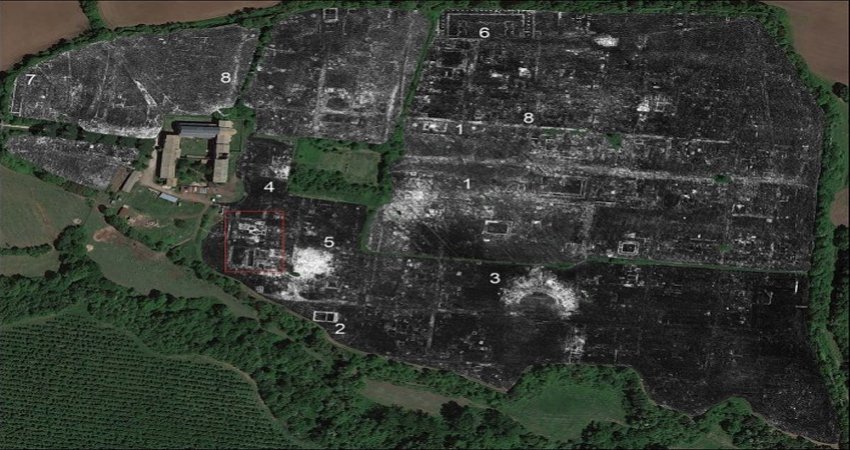Unique Dental Prosthesis Made Of Human Teeth Found In Medieval Tomb
MessageToEagle.com – During archaeological excavation, carried out in the S. Francesco Monastery at Lucca (Tuscany, Italy), a golden, centuries-old dental prosthesis was discovered in an ancient family tomb.
Researchers from the University of Pisa, Italy specializing in the study of historical diseases, believe that the device dates back to between the late 14th and early 17th century, making them the oldest known set in existence.
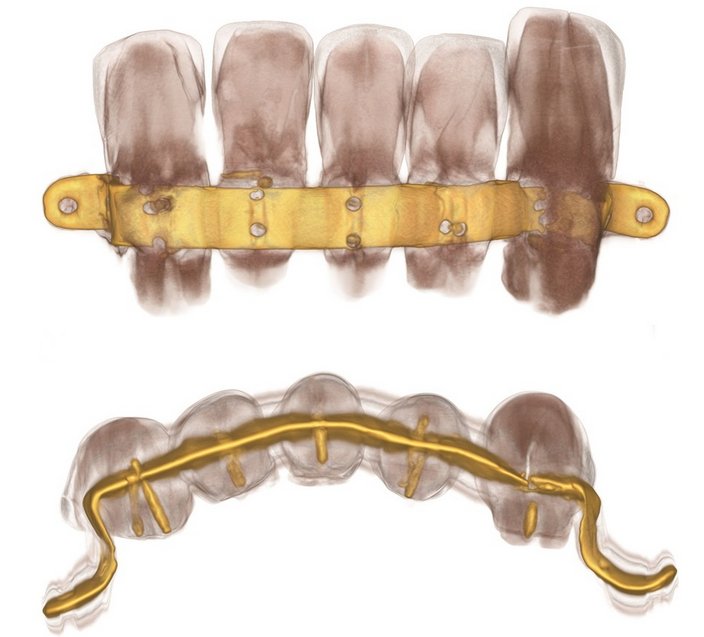
The Etruscans and Romans are known to have made dentures out of human and animal teeth as early as 7BC.
“Although there are descriptions of similar objects in texts from the period, there is no known archaeological evidence,” Dr Simona Minozzi, a member of the excavating team said.
“The dentures found in the tomb are the first example of dentures from this historical period, and as such are a valuable addition to the history of dentistry.”
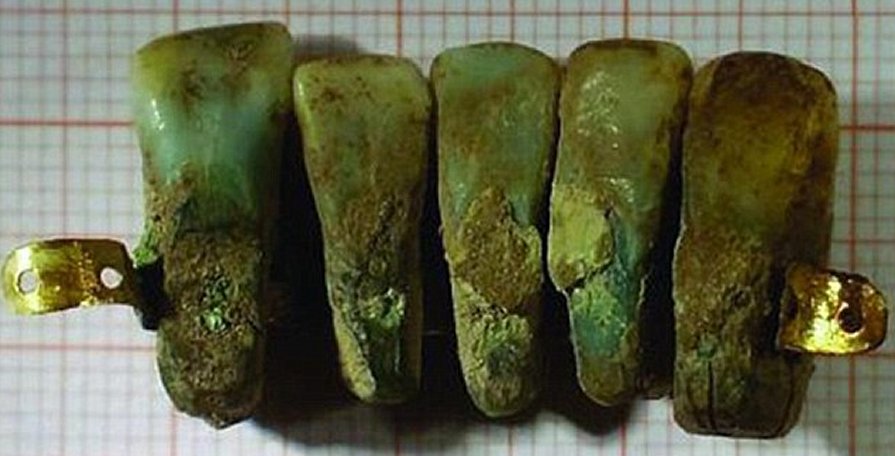
According to Italian news website, The Local, the prosthesis is made up of five teeth – canines and incisors – covered in a layer of metal.
See also:
Ancient History Of Dentistry – our article on historical evidence that proves that dentistry started around the areas of China, Egypt, India, Etruscans of Central Italy, Assyrians, and Japan.
The archaeologists believe the teeth originally belonged to different people, and were connected to each other and the wearer’s lower gums with a strip of gold.
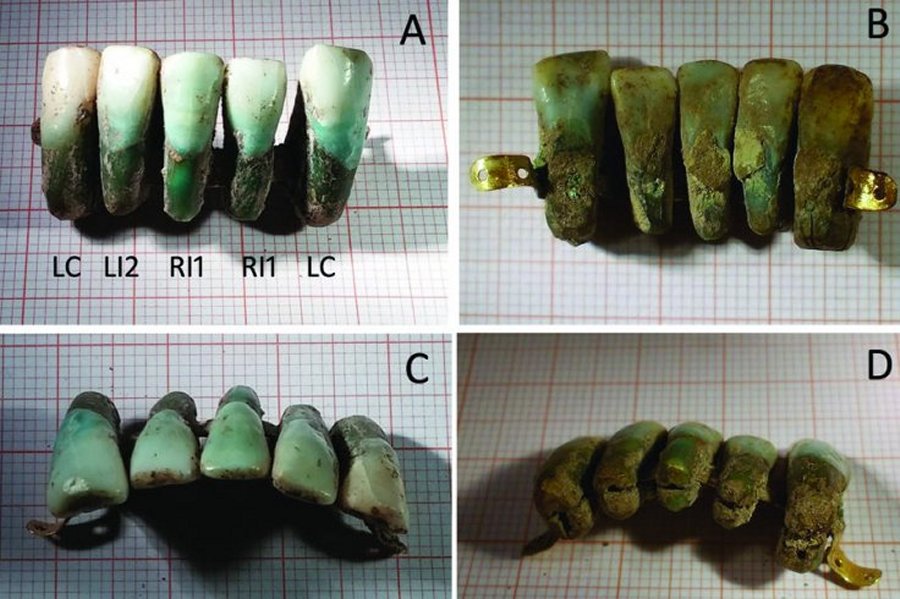
A scan revealed that the metal coating on the teeth was made up mostly of gold, with silver and metal also used, and a layer of tartar on the surface shows that the dentures were worn for a long period.
In their paper, “A Dental Prosthesis from the Early Modern Age in Tuscany (Italy)“, published in the journal Clinical Implant Dentistry and Related Research, researchers state that
“this dental prosthesis provides a unique finding of technologically advanced dentistry in this period.
In fact, during the Early Modern Age, some authors described gold band technology for the replacement of missing teeth; nevertheless, no direct evidences of these devices have been brought to light up so far…”
The find was unearthed in a tomb belonging to the ancient Giunigi family in Lucca, where the scientists have been studying the remains of more than 200 skeletons buried in a chapel of the San Francesco convent.
MessageToEagle.com


